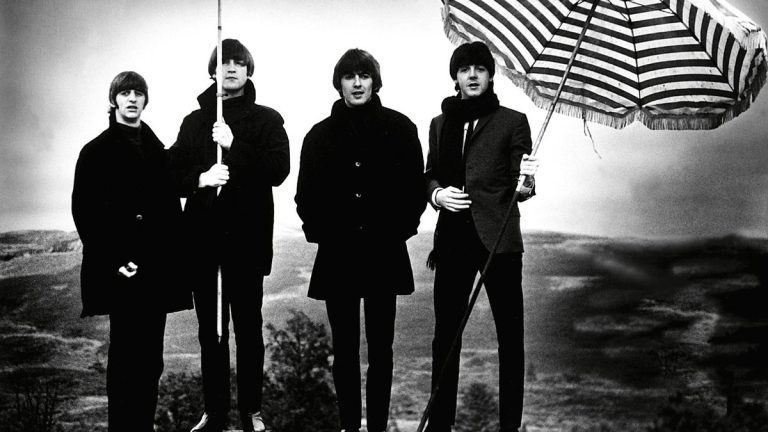
The Beatles forever changed the way music is made in the world. But it is not the only reason why they can be considered unique: what if they had also been pioneers of environmental awareness?
In 2016, Weather magazine and the British Medical Journal echoed a study coordinated by scientist Sally Brown in which she and her colleagues started from 750 popular songs with references to the weather. After analyzing more than 400 of them in depth, his main conclusion is that Bob Dylan is the performer who has sung the most to the weather, followed by the Beatles.
If we review the lyrics of some of the songs by the Liverpool guys, nature is present in many of them in some way. At first they are rather allusions to the British climate turned into metaphors of hope, of a bright future that is yet to come. Here comes from the sun (1969) is one of them. They say that George Harrison wrote it on a particularly sunny spring day after a freezing winter in England.
Letit be, for its part, uses the brightness of the sun as a metaphor for hope and joy: And when the night is cloudy / There is still a light that shines on me, / shine on until tomorrow, let it be.
Already in the middle of the hippie era, their love for the land was increasingly present in their songs. Above all, when they approached India, the Maharishi Mahesh Yogi and everything around him. And, for sample, the White Album.
With the disappearance of the Beatles, one of its members, Paul McCartney, continues to fight for the defense of nature and animals. Vegetarian for decades, the British has always been especially committed to animal welfare. In his album Off the ground (1993) he already included a song titled Looking for changes, in which he protested against animal testing and whose profits went directly to PETA, so that they could invest in campaigns against it.
Alex M. Cervilla reviews the discography of the British group and Paul McCartney in this article for Igluu.